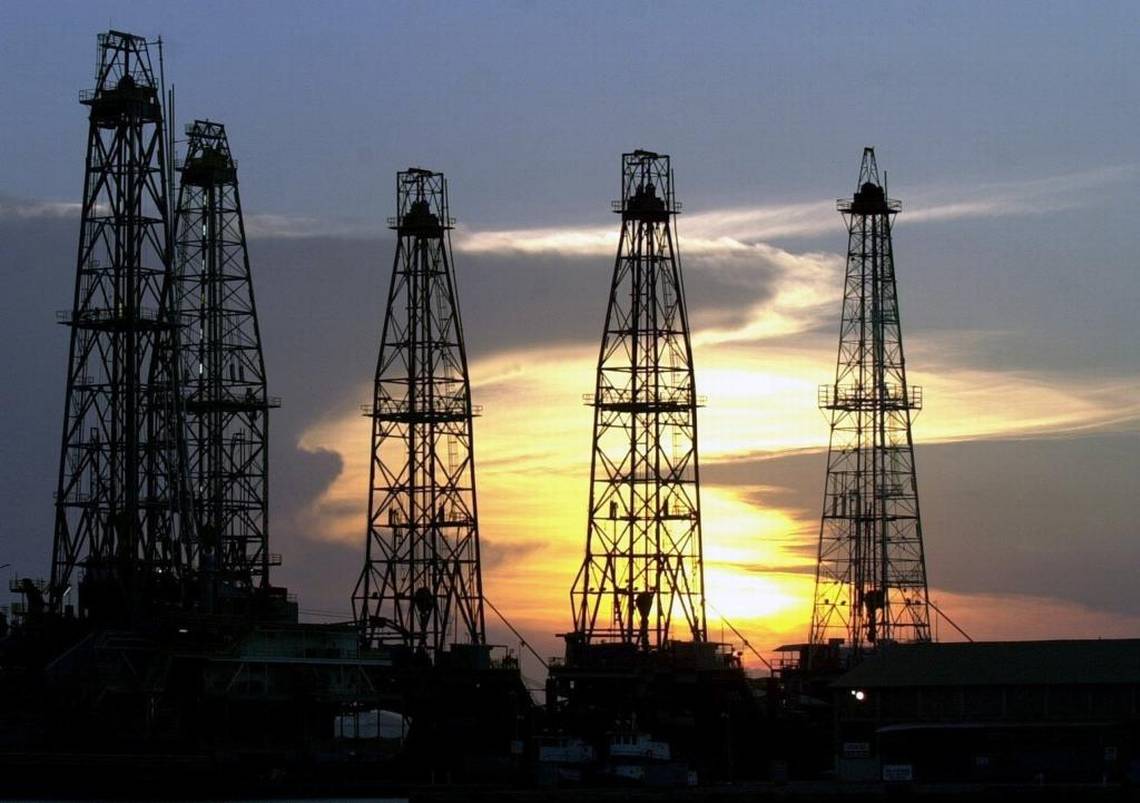Iran and Venezuela tensions, challenges for oil market

Global oil supplies could be hit by the decision by the US to pull out of the Iran nuclear deal, and also by falling production in crisis-hit Venezuela, the IEA said on Wednesday.
The decision by US President Donald Trump to withdraw from the Iran deal “has switched the focus of oil market analysis from the fundamentals to geopolitics,” the International Energy Agency wrote in its regular monthly report.
On May 8, Trump announced he would pull the US out of a 2015 pact — agreed by Britain, China, Germany, Russia and the Barack Obama administration — that opened up Tehran’s atomic program in return for an easing of sanctions.
Oil prices — which had already rising on the back of steady demand growth and a landmark deal by oil producing countries, both inside and outside OPEC, to lower output — have since surged above $77 per barrel, the IEA said.
“In these early days, there is understandable uncertainty about (the) potential impact on Iran’s oil exports” from the US move, it said.
When sanctions were imposed in 2012, Iranian exports fell by about 1.2 million barrels per day, the organization said.
Neil Atkinson, head of the oil industry and markets division at the IEA, told CNBC’s “Street Signs” that “the stability of the market” could be at stake.
The IEA’s Atkinson emphasized that customers for Iranian oil have 180 days to adjust their purchasing strategies and make other arrangements “if that’s what they decide to do.”
In its May report, OPEC (of which Iran is a member) put Iran’s daily production at 3.82 million barrels a day, according to both first and secondary sources, making it the third largest OPEC producer and potentially making any supply loss a challenge.
In Venezuela, meanwhile, the IEA noted that “the pace of decline of oil production is accelerating and by the end of this year output could have fallen by several hundred thousand barrels a day.” In April, Venezuela’s crude oil output sunk to 1.42 mb/d, the lowest level since the early 1950s.
“The potential double supply shortfall represented by Iran and Venezuela could present a major challenge for producers to fend off sharp price rises and fill the gap, not just in terms of the number of barrels but also in terms of oil quality,” it said.
The IEA said that the overall market balance was “continuing to tighten,” and it lowered its estimate for 2018 global oil demand growth to 1.4 million barrels per day from its previous estimate of 1.5 million.
“Demand at the start of the year was supported by cold weather in Europe and the US, the start-up of new petrochemical capacity in the US and a solid economic background,” the IEA said.
“Therefore, world oil demand growth is expected to slow” in the second half of the year.

